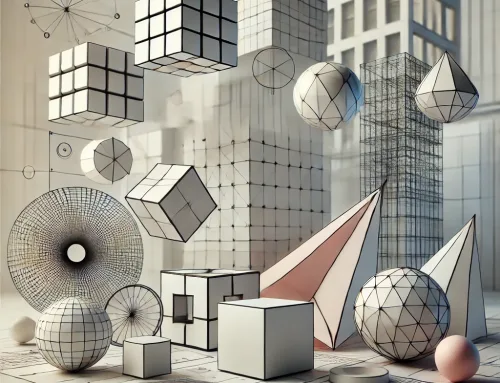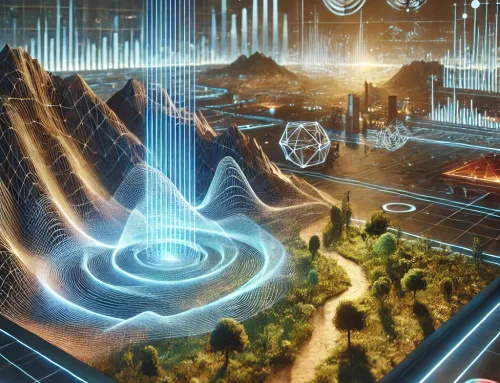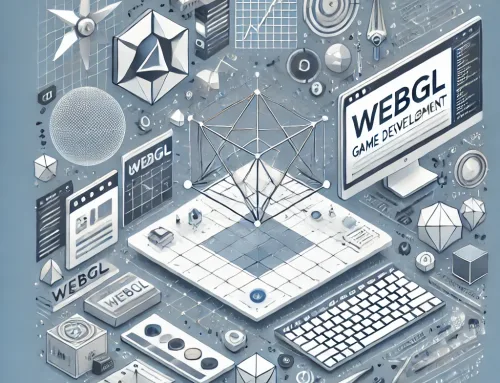Was Sie über die Funktionsweise von 3D Konfiguratoren wissen sollten.
Ein 3D-Konfigurator ist eine Anwendung, die die Anpassung eines Produkts hinsichtlich der vom Benutzer getroffenen Auswahl ermöglicht. Es gibt verschiedene Stufen der Anpassung, von der einfachsten bis zur komplexesten, die sowohl die ästhetischen Merkmale als auch das Verhalten des Produkts selbst beeinflussen. Die Anpassung muss daher selbstständig über eine effektive, benutzerfreundliche und visuell zufriedenstellende Front-End-Schnittstelle erfolgen.
Nachfolgend präsentieren wir Ihnen mögliche Konfigurationskomponenten einer Anwendung, damit eine entsprechende Anpassung seitens der User erfolgen kann.
Farben und Materialien.
3D Konfiguratoren bieten häufig die Möglichkeit, die Farben und Materialien bestimmter Teile des Produkts zu ändern. Die Realisierung der Möglichkeit Farben anzupassen ist deutlich weniger komplex als die Möglichkeit die Materialien zu ändern, denn es erfordert neben der Aktualisierung der Maps auch eine Bearbeitung der inneren Eigenschaften der Materialien. Es ist klar, dass diese Art der Auswahl eine Anzeige auf der Client-Seite beinhaltet, die so weit wie möglich der Realität entsprechen muss. Aus diesem Grund muss ein guter Online-3D-Konfigurator von einer exzellenten Game-Engine unterstützt werden, die eine optimale Verwaltung der Materialien und gegebenenfalls der PBR-Techniken ermöglicht.
Produktdimensionen.
Einer der komplexesten Aufgaben bei der Entwicklung eines 3D Konfigurators ist die Möglichkeit, die Dimensionsmerkmale eines Produkts zu definieren. Dieser Komponententyp erlaubt es, im einfachsten Fall Höhe, Breite und Tiefe zuzuordnen und den Rest der Produktstruktur an diese Parameter anzupassen. Wie man sehen kann, kann diese Art von Funktionalität wirklich komplex sein, da sie Lösungen, Möglichkeiten und praktisch unendliche Variationen ermöglicht.
Auswahl von Zubehör.
3D Konfiguratoren können so implementiert worden sein, dass sie die Möglichkeit bieten Zubehör hinzuzufügen oder zu entfernen. Mit dieser Funktion können Sie auswählen, welches Zubehör auf das Hauptprodukt angewendet werden soll, und es direkt am Modell selbst betrachten, um dessen Größe, Material und Eigenschaften zu beurteilen. Diese Zubehörteile haben oft präzise Positionen und verschiedene Modelle zur Auswahl.
Upload von Bildern und Fotos.
In Bereichen, in denen der Produktionsprozess eine vollständige kundenspezifische Anpassung vorsieht, muss der Konfigurator dem Benutzer die Möglichkeit bieten, Bilder, Fotos und Logos hochzuladen. In üblichen Situationen geschieht dies durch Auswahl aus einer vordefinierten Liste von Bildern mit festen Positionen und Standardabmessungen, in fortgeschritteneren Konfiguratoren besteht die Möglichkeit des Hochladens aus dem Browser (mit Format- und Größenangaben).
Funktionalität.
Eine der Funktionen, die ein Online-3D-Konfigurator anzeigen können muss, ist die Auswahl spezifischer Merkmale in Bezug auf Bewegungen und/oder Verhaltensweisen des Produkts selbst. In diesem Zusammenhang ist daher die Fähigkeit, 3D-Animationen zu zeigen, von grundlegender Bedeutung, um dem Benutzer eine Echtzeitreaktion der gewählten Funktionalität zu präsentieren und deren Eigenschaften visuell zu bewerten.
Zusammenfassung und Absenden der Anfrage.
Am Ende des Konfigurationsprozesses können die Möglichkeiten zur Generierung der Anfrage (und damit der Bestellung) vielfältig sein. Es reicht vom einfachen Versenden einer E-Mail bis zur Erstellung einer PDF-Zusammenfassung, vom Hinzufügen eines eCommerce-Warenkorbs bis zur Integration mit bereits bestehenden Systemen.
Vielen Dank für Ihren Besuch.


